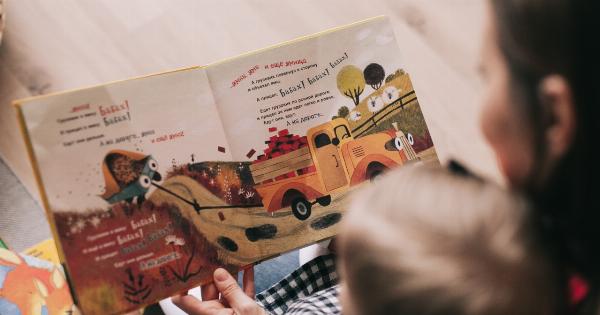Empathy is a powerful emotion that connects people on a deep level. It is the ability to understand and share the feelings of another person, to put oneself in someone else’s shoes.
When tales are told with empathy, they have the power to touch our hearts, to make us feel a wide range of emotions, and to teach us valuable lessons about life and the human experience.
What is empathy?
According to the dictionary, empathy is “the ability to understand and share the feelings of another.” Empathy is different from sympathy, which is simply feeling sorry for someone.
Empathy requires a deeper level of emotional intelligence, because it involves putting oneself in another person’s place and experiencing their emotions as if they were one’s own.
Empathy is a universal human trait, but some people are more empathetic than others. Empathy can be developed and cultivated through practice and self-reflection.
Empathy is a crucial skill for building strong relationships, resolving conflicts, and creating a more just and compassionate world.
The power of storytelling with empathy
Storytelling is one of the oldest and most universal human traditions. Throughout history, people have used stories to entertain, educate, and inspire.
Stories have the power to connect us with one another, to help us understand complex issues, and to foster empathy and compassion.
When stories are told with empathy, they have a particular power to move us. Empathetic storytelling means telling stories in a way that helps the listener or reader understand the emotions and experiences of the characters.
This can involve using vivid language and sensory details, describing emotions in a nuanced and sensitive way, and creating characters that are complex and multifaceted.
When we hear or read a story that is told with empathy, we can’t help but feel a connection to the characters and to the emotions they are experiencing. We may feel sadness, joy, anger, or fear alongside the characters.
This emotional connection can be a powerful way to foster empathy and understanding between people with different perspectives and experiences.
Examples of empathetic storytelling
Empathetic storytelling can be found in all kinds of media, from movies and TV shows to books and podcasts. Here are a few examples of stories that are told with empathy:.
Movie: The Florida Project
The Florida Project is a 2017 movie directed by Sean Baker. It tells the story of a six-year-old girl named Moonee who lives with her mother in a motel near Disney World.
The movie takes an empathetic approach to its characters, portraying them with warmth and humanity even as they struggle with poverty, addiction, and other challenges. The movie doesn’t shy away from the difficulties of its characters’ lives, but it also celebrates their resilience and optimism.
TV show: Queer Eye
Queer Eye is a Netflix reality TV show that premiered in 2018. The show follows a team of five gay men who offer lifestyle makeovers to people in need.
Each episode of the show focuses on a different person, whose life is transformed by the team’s guidance. The show’s empathetic approach to its subjects has made it a hit with viewers around the world. The show’s hosts are skilled at connecting with people and understanding their emotional needs.
Book: The Kite Runner
The Kite Runner is a novel by Khaled Hosseini that was published in 2003. The book tells the story of two boys growing up in Afghanistan in the 1970s and 80s.
The book takes an empathetic approach to its characters, showing the complex motivations and emotions that drive their actions. The book explores themes of loyalty, betrayal, and redemption, and has become a modern classic.
The benefits of empathetic storytelling
Empathetic storytelling has many benefits, both for the storyteller and for the audience. Here are a few of the key benefits:.
Builds empathy and understanding
Empathetic storytelling has the power to build empathy and understanding between people with different perspectives and experiences.
When we hear stories that are told with empathy, we are more likely to see the world from another person’s point of view and to feel compassion for their struggles. This can help to bridge the divides between people and to build more inclusive and compassionate societies.
Facilitates emotional connection
Empathetic storytelling can create a deep emotional connection between the storyteller and the audience.
When we hear stories that are told with empathy, we can’t help but feel a connection to the characters and to the emotions they are experiencing. This emotional connection can be a powerful way to create community and foster a sense of belonging.
Encourages self-reflection
Empathetic storytelling can encourage self-reflection and personal growth. When we hear stories that are told with empathy, we may be prompted to reflect on our own experiences and emotions.
We may gain new insights into our own lives and relationships, and may be inspired to make positive changes.
Conclusion
Empathetic storytelling is a powerful tool for building empathy, understanding, and connection.
When tales are told with empathy, they have the power to touch our hearts, to teach us valuable lessons about life and the human experience, and to create a more just and compassionate world.
So the next time you tell a story, whether it’s to a friend, a family member, or an audience, try telling it with empathy. You may be surprised at the profound impact it can have.


























